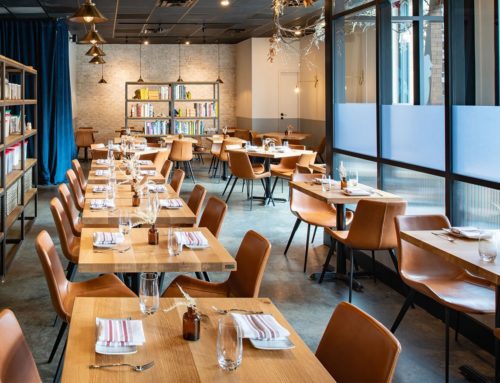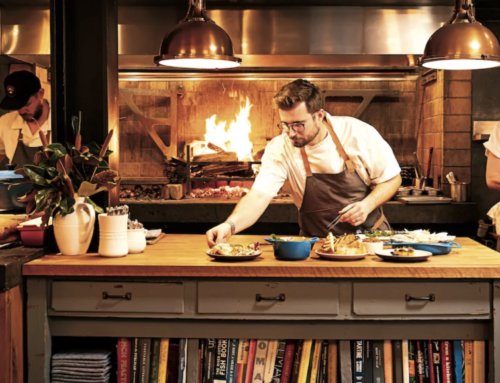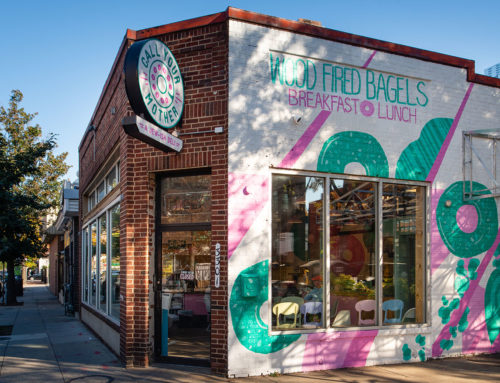Not every restaurateur who wants to open a new hip hashery, cutting-edge cafe, or boutique-dining spot has the cash or the desire to build a new location. In fact, some of the best locales are in existing high-rises, commercial buildings and converted houses. Taking over an existing space is a great option for many, but there are pitfalls going into a space every proprietor should know.
Hospitality Construction Services owner Rob Mescolotto says restaurant owners can get so excited about the look, location, and vibe of a place, that they might be tempted to sign a lease before they ask some really important questions. Items like how many amps are available and what is the condition of the sanitary system can make or break that location as a viable option.
“If the core utilities exist, then you can make it a restaurant, otherwise it may end up costing you a fortune to upgrade,” Mescolotto says.
He says, the cost for a restaurant is typically fifty percent architectural and fifty percent MEP. But, like any recipe, if you get a particular item wrong, it can ruin everything.
“If they don’t have the core utilities then the cost of upgrading could blow your budget,” Mescolotto says.
He says when taking over an existing space there are five main utilities of a building that you need to look into to ensure success. Here is the recipe for checking into those items before you move in.
Taking Over An Existing Space – The Guts – Five Ingredients
1. Gas – Gas is extremely important for any restaurant. For this reason, if you don’t have gas coming into your building, gas companies will often bring it in for a very low fee. They know they’ll make money on your restaurant gas bill. However, if you’re not in a city, it can be cost prohibitive for the gas company, which means it can cost extra to bring the utility to you.
2. Electric – Electric companies aren’t as forgiving. They will often make you pay for every little item. For example, if the conduit isn’t big enough for the number of amps you’re bringing in, they may have to rip up the street to install one that can handle your power needs. If the appropriate electrical infrastructure is missing, the cost could easily start at $10,000 and increase from there.
3. Water – The size of the incoming water line is important depending on how much water you need. Most buildings will have an acceptable size, but make sure you talk with your engineer and contractor about your water needs. If you’re launching a large restaurant with a large kitchen, your waterline may need to be bigger to pump in the gallons you need.
4. Exhaust – When taking over an existing space determining your grease exhaust requirements is critical. If the building is a new high-rise, then it will likely have one going to the roof. But, if you have a historical 100-year-old building, it probably won’t. That means you have to find space to run a shaft from your hood to the roof, which can often include some tough twists and turns. If there are other renters in the property you will have to make arrangements with them or the landlord to use this square footage.
5. Fire protection – Sprinklers are required when you have a certain occupancy limit. The higher that limit is, the more likely you’ll be required by law to include a sprinkler system. Establishing your ideal occupancy limit early will help you find the right space. Depending on your projected occupancy the requirements of a sprinkler system is something you may have to consider.
There’s help!
We know this is a lot to consider in addition to the logistics of opening a restaurant. The good news is that you don’t have to do this all yourself! Hospitality Construction Services is here to help. We have years of experience and would love to help you meet your budgetary goals by assessing the pros and cons of any prospective property you are looking at.





